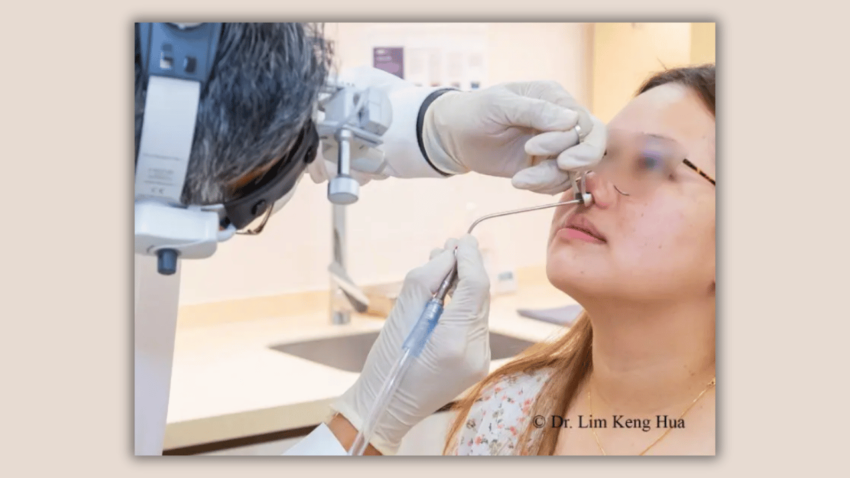A sinus specialist suggests a surgery to treat chronic sinusitis or to remove nasal polyps. The type of surgery is prescribed based on the condition. Usually, people who undergo sinus surgery have already failed to treat the ailment with medication, so minimally invasive surgery is required, which can help to cure the problem within the shortest possible time.
So, let’s get to the details and understand the different types of less invasive surgeries that are meant for quick recovery.
The different types of Sinus treatment
Some of the popular types of treatment includes:
-
Functional endoscopic sinus surgery (FESS)
This is the most common type of sinus surgery, in which the drainage passage between the nose and sinuses is widened by removing either the bone or infected tissue. Often, an image-guided system is also used to accomplish the surgery.
-
Balloon sinuplasty
This is a minimally invasive treatment in which an endoscope and a catheter guide a balloon inside the nose. The process helps to clear the passageway to the sinuses.
-
Caldwell Luc surgery
If traditional surgery fails to cure the problem, this method is used. A new opening is made from the maxillary sinus to the nose, which helps drain the mucus from the sinus cavities.
Before the surgery
During the preoperative stage, here are the aspects taken care of:
- The patient has to stop smoking for three weeks.
- They cannot take aspirin for seven days before the surgery.
- Food cannot be consumed after midnight on the day of the surgery.
- After surgery, the patient cannot drive for 24 hours.
During the surgery
Standard medical procedures are followed during the surgery:
-
Functional endoscopic sinus surgery
Decongestant medication is injected into the nose, a follow-up nasal endoscopy is performed, and a numbing solution is injected. Surgical tools are used to remove the bone or problematic tissues blocking the sinus. Finally, the nose is packed with material to absorb blood.
-
Balloon sinuplasty
Local anesthetic is injected in the tissue lining of the patient’s nose, and a catheter with an endoscope is introduced. Next, a small balloon is placed in the sinuses and inflated to unblock them. Finally, the balloon is removed.
-
Caldwell Luc surgery
When the above two surgical processes fail, this process is implemented. Here, general anesthesia is applied, and an incision in the gum is made between the upper lip and gum tissue. This will help to reach the maxillary sinus wall, and a small hole is made in the sinus. In this disease, bone or tissue is removed, and using an endoscope, the size of the maxillary sinus is enlarged. Finally, the gum incision is closed.
The risk associated with sinus surgery
There is no risk associated with this surgery. However, you might experience tearing eyes, bleeding, or numbness, which are temporary. The specialist would weigh all the conditions, which includes your medical history and severity of the inflammation, and then recommend surgery.
Is the sinus surgery painful?
No, the sinus surgery is not painful, and a local anesthetic is used so you won’t feel the pain. However, after the surgery, mild pain is felt for a week; you can also check out https://drkhliment.com.sg/sinus-specialist-singapore-sinusitis-surgery-treatment/. It usually takes a few weeks to recover; if you have pain or fever, consult the doctor.

